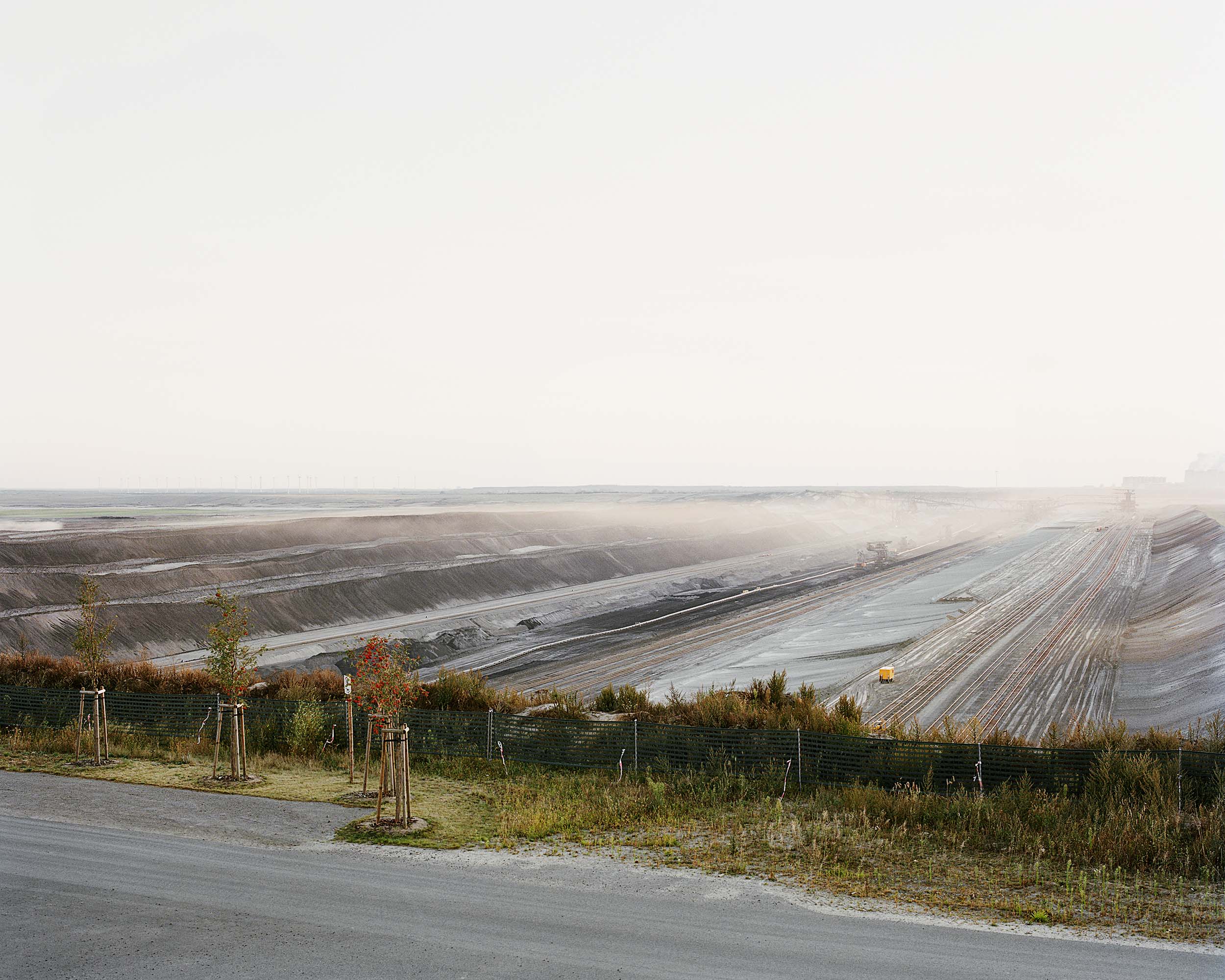
SMOKE SIGNALS

Smoke Signals #05 (Schwarze Pumpe), 2009

Kerkwitz #08, 2009

Cottbus-Nord #05, 2009

Installation view, Smoke Signals #05 (Schwarze Pumpe)

Kerkwitz #03, 2009

Kerkwitz #06, 2009

Smoke Signals #03 (Boxberg), 2009

Neu Horno #04, 2009

Nochten #02, 2009

Installation view, Cottbus-Nord #05

Smoke Signals #11 (Jänschwalde)

Neu Horno #07, 2009

Neu Horno #02, 2009

Welzow-Süd #03, 2009

Alt-Haidemühl #01, 2009

Alt-Haidemühl #05, 2009

Welzow-Süd #01, 2009

Smoke Signals #02 (Schwarze Pumpe), 2009

Alt-Haidemühl #08, 2009

Smoke Signals #10 (Jänschwalde), 2009

Cottbus-Nord #01, 2009

Atterwasch #05, 2009

Welzow-Süd #06, 2009

Smoke Signals #07 (Schwarze Pumpe), 2009

Atterwasch #02, 2009

Neu Haidemühl #01, 2009

Smoke Signals #08 (Jänschwalde), 2009

Neu Haidemühl #04, 2009,

Neu Haidemühl #03, 2009

Jänschwalde #03, 2009

Smoke Signals #13 (Boxberg), 2009

Grabko #06, 2009

Welzow-Süd #04, 2009

Smoke Signals #09 (Jänschwalde), 2009

Grabko #02, 2009,

Jänschwalde #01, 2009
In the Lausitz region of eastern Germany machines are digging their way trough the landscape in search of lignite, the dirtiest combustible on the planet in terms of emissions of the greenhouse gas carbon dioxide. These immense open cast mines are rapidly expanding and forces villagers to leave their homes. But the destruction of landscape and extrusion of villagers has a long history. Thousands of Brandenburg residents have lost their homes since mining began in 1924. A total of 136 villages have been destroyed to make way for the mines, displacing at least 30,000 people. Since the beginning of the 21:th century the mining in Lausitz is operated by the Swedish state-owned power company Vattenfall AB. Under the direction of Vattenfall two villages, Horno and Haidemühl, has been demolished. In 2005 the villagers of Horno were resettled in Neu Horno, a newly built community outside the town of Forst, 10 kilometers away. In the same year the inhabitants of Haidemuhl were resettled in Neu Haidemuhl outside the town of Spremberg. The people of Horno, with a majority of Sorbs, fought hard, taking their case to the European Court of Human Rights in Strasbourg in 1998, but was rejected. The Lausitz region is home to the Sorbs, a 60,000-strong Slavic minority with a language related to Polish and Czech. During the period betwen 1945 and 1989 over 70 Sorbian villages were erased from the map because of lignite mining.
Now, despite past promises by Brandenburg politicians that the resettlement would end with Horno, eight more villages have been slated for demolition to make way for lignite mines over the next two decades. Three of these villages, Atterwash, Kerkwitz and Grabko, are situated north of the lignite mine Jänschwalde. Here the villagers and environmental group Gruene Liga have joined forces and started a petition to submit a draft law banning new mines to Brandenburg’s regional parliament. In 2008 they collected more than the 20 000 signatures required to submit the draft, but the initiative was rejected. Now their hope stands to collecting 80 000 signatures and thereby forcing a regional popular vote.
The work Smoke Signals reflects on the activity of Vattenfall in the Lausitz area and covers the open-cast mines Jänschwalde, Cottbus-Nord, Welzow-Süd and Nochten, the brown coal power plants Jänschwalde, Schwarze Pumpe and Boxberg, the relocated villages Neu Horno and Neu Haidemühl, the remains of old Haidemühl and also the threatened villages Atterwasch, Kerkwitz and Grabko. In the work Smoke Signals the exterior of homes comes to represent all that it shelters, such as family, heritage, culture and history. The pictures of homes threathened by extrusion, evacuated homes and resettled homes are interweaved with pictures of the lignite mines and power plants. This creates a hypotetical before-and-after that can be perceived in many ways. The lignite power plants are represented through their carbon emissions, where the chimneys are removed by retouch. As warning signals, the emissions point towards the environmental aspect of coal mining and at the same time making the voice of both protesting villagers and myself heard.